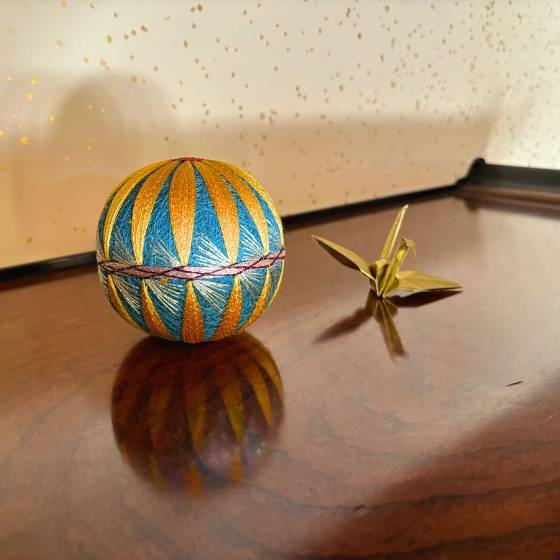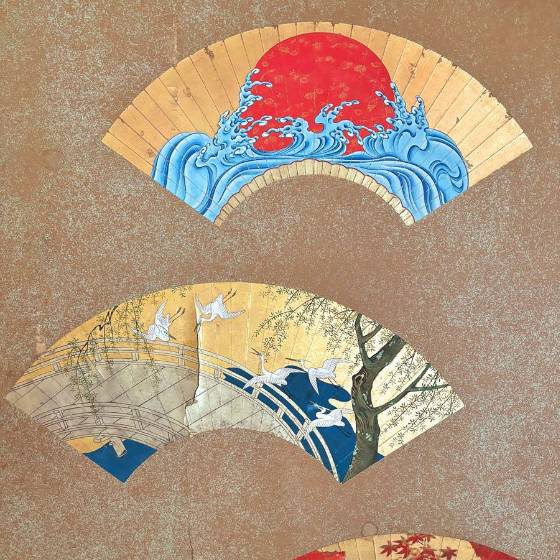ーJapan Heritageー
Merchant Ships Carrying Goods, Culture, and Big Dreams
~Kitamaebune Ports of Call & Shipowners’ Settlements~
Merchant Ships Carrying Goods, Culture, and Big Dreams
~Kitamaebune Ports of Call & Shipowners’ Settlements~
【Certification Story (Overview)】
Along the coasts of the Sea of Japan and Seto Inland Sea, many port towns are located amidst mountainous landscapes. In these towns, narrow alleys lead to the harbors, and grand merchant houses and magnificent shipowners’ mansions line the streets.
In the shrines and temples of these port towns, there are votive tablets and models of ships, they hold festivals originating in distant places like Kyoto, and they sing folk songs with shared melodies.
These towns are the ports of call and shipowners’ settlements of the kitamaebune, which crossed rough seas and generated enormous wealth as they traded up and down the coasts of Japan, bringing prosperity throughout the country. These unique locations developed over time and continue to attract people even today.
※The Former Mikami Residence is a certified Constituent Cultural Property.




